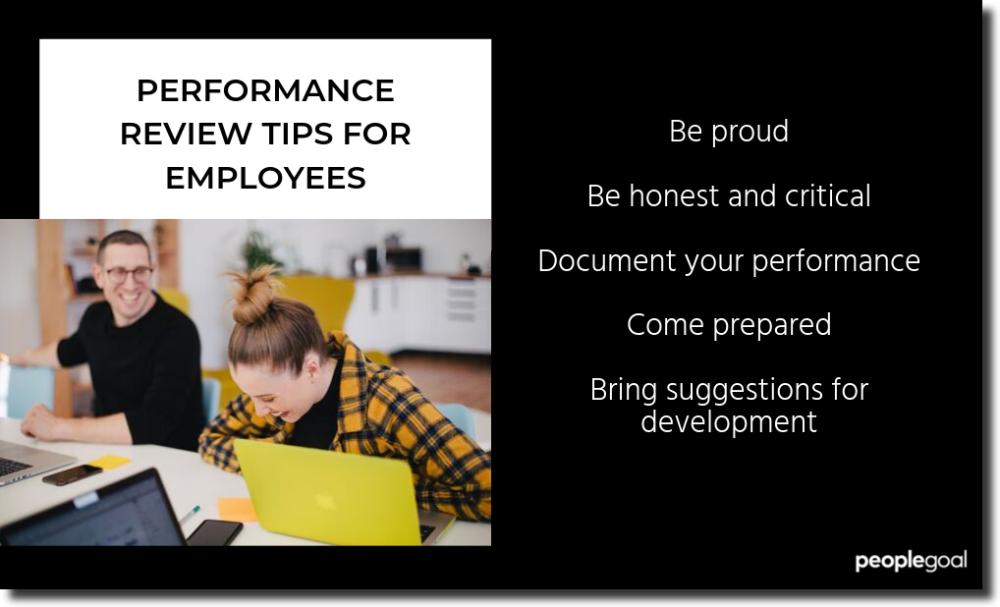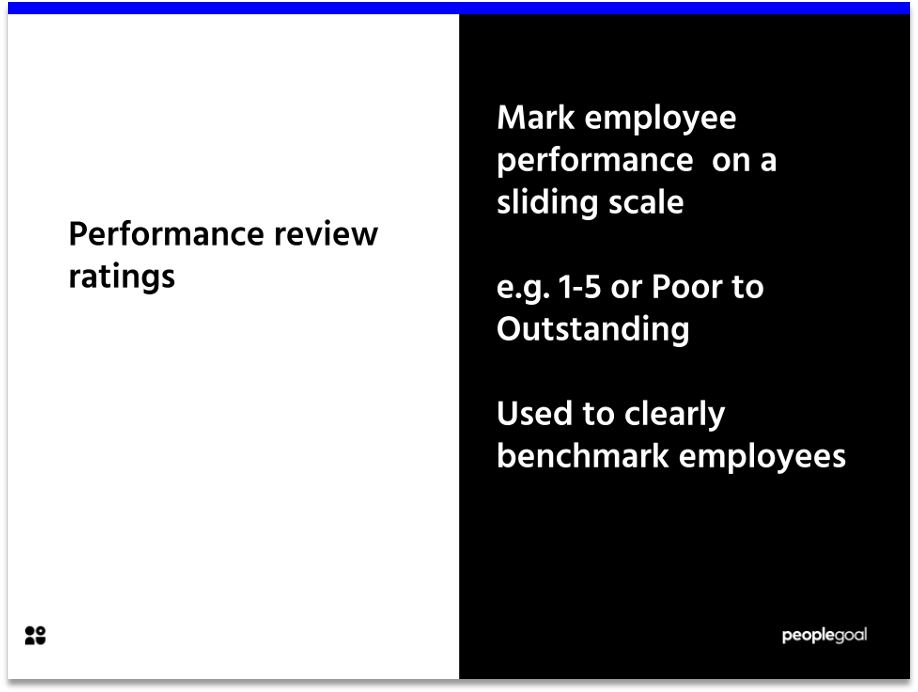The use of 360 performance reviews has become widespread – with 90% of companies using 360 Feedback in 2012. The process is a hit, with companies tired of typical performance reviews – in which top-down feedback was often bogged down by unconscious bias and a lack of a clear line of sight.
360 feedback was viewed as a possible cure. Human resources professionals could collate the perspectives of employees across a company on an individual’s performance – from their line manager, to their co-workers. This gave a kaleidoscope of different points of view – allowing HR to observe how teams worked together and what was standing in the way of high performance.
However, since then, a number of organizations have shied away from the 360 trend. The U.S. Army warned about the ills of 360 Feedback, with unreliable and overly subjective reviews a cause for concern.

So is 360-degree feedback the panacea we like to think it is? 360 reviews have the potential to greatly improve performance and collaboration. However, they are too often misused, even to the point of alienating employees.
In this blog post, we’ll review the pros and cons of 360 evaluations, from their impact on teamwork to whether employees’ feedback translates to development.
What are 360 Performance Reviews?
360 Feedback provides feedback to an employee on their performance – not only from their boss or manager, but also from 4-8 co-workers, reporting staff or customers.
360 performance reviews should usually try to measure how an employee performs in relation to the company’s values and objectives.
Employees usually write a self-evaluation after reading the appraisal. This engages an employee’s self-awareness and accountability.
Pros of 360 performance reviews
In spite of their downsides, 85% of Fortune 500 companies use 360 reviews. It provides a number of benefits to an organization, as we’ll explore through these 4 ‘pros’:
- A wider view of the company
- A better tool for employee development
- Improves teamwork
- Helps to avoid unconscious bias
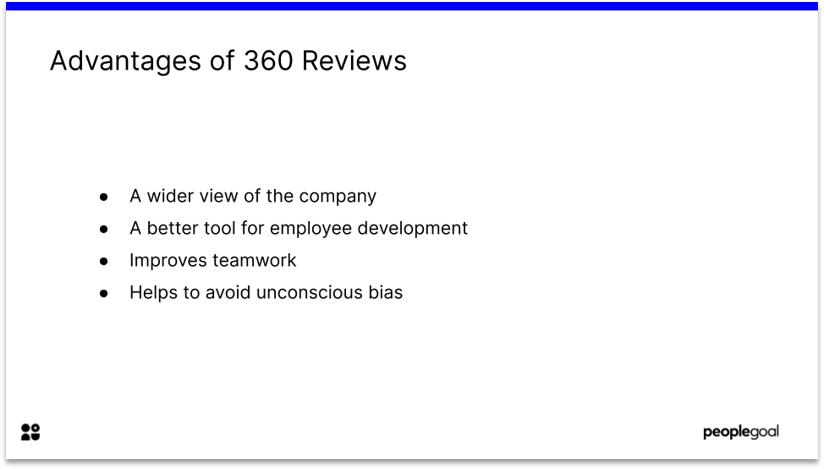
A wider view of the company
When we only have the perspective of leaders and managers, we only see half the story. Co-workers highlight problems underlying poor teamwork in the company. Maybe environmental factors, such as inadequate communication channels, are hampering collaboration?
360 reviews do more than just provide insight into an individual’s performance—they also reveal how employees interact with one another within the company. Gaining this broader perspective can be efficiently managed and analyzed through a dedicated 360 feedback software.
A lack of resources for one employee might be reducing the productivity of another employee. Hence, 360 reviews underscore the developmental needs of a company.
A better tool for employee development
Sometimes we forget the purpose of reviews – to help us grow and improve! Conventional performance evaluations were often criticized for being unconstructive. A one-sided perspective from your boss – who may not even see how you perform day to day.
360 performance reviews open the employee’s eyes to a number of perspectives – including the co-workers they collaborate with every day. When co-workers and managers provide constructive feedback, employees are given a number of pointers. Often, these suggestions are more specific and actionable than if they came from more hierarchical reviews.
Many companies are starting to focus more on strengths in 360 Feedback. This is great for improving an employee’s motivation to develop their skills further, and to take on board constructive feedback.
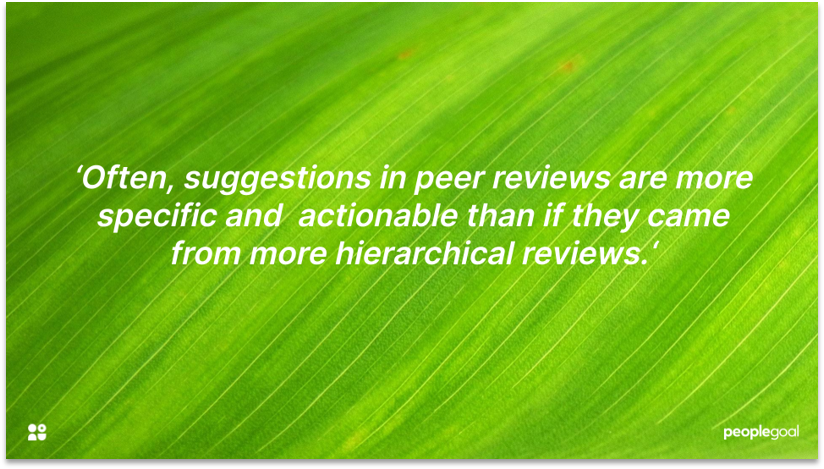
👉 Click here to listen to our webcast discussing employee development
Improves teamwork
Once we have honest feedback from our team mates, we start to make changes that improve teamwork. If a co-worker recommends that the employee communicate with them more regularly, this is a chance for employees to address shortfalls on a team.
This creates a culture of ongoing feedback – where co-workers feel at ease making recommendations to one another – lifting each other up.
Once we have honest feedback from our team mates, we start to make changes that improve teamwork
Helps to avoid unconscious bias
The more perspectives you seek out – the less likely your reviews are to fall prey to unconscious bias. Unfortunately, bias does creep into the review process – with men more likely to receive evidenced feedback on technical skills than women.
Confirmation bias is the tendency to privilege information that reaffirms our current beliefs. This can often be behind unfair performance reviews. By having more eyes on the ball – co-workers and teammates as well as managers, confirmation bias disappears.
Avoiding unconscious bias makes for performance reviews that inspire, not alienate, employees.
The more perspectives you seek out – the less likely your reviews are to fall prey to unconscious bias
Cons of 360 reviews
However, 360 reviews have their downsides. These include:
- Feedback from unreliable or inexperienced raters
- Process not relevant company wide
- Anonymity means employees can’t ask for further information
- Focus on weaknesses rather than strengths
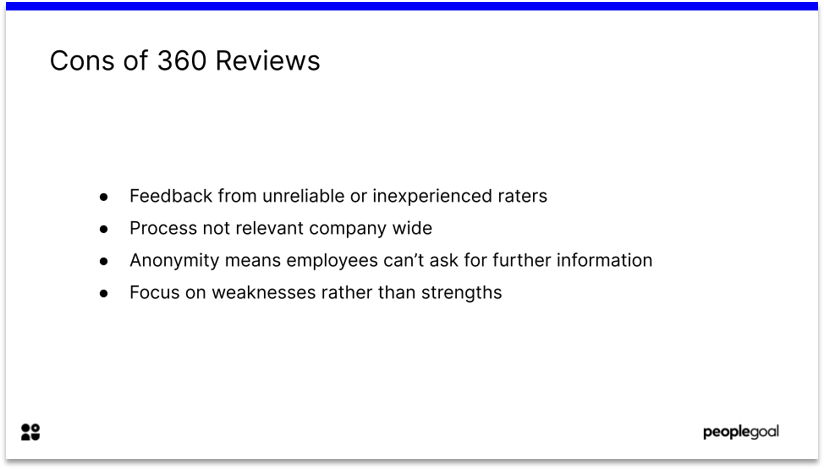
Feedback from unreliable or inexperienced raters
One of the problems with 360 feedback is that ratings can be skewed. Co-workers may provide stellar ratings for their favourite team-mates. They may give negative ratings to others they dislike personally.
All too often, employees have opened up their 360 reviews in the hope of some constructive feedback, only to be met with personal or irrelevant comments from their peers. Of course, this will turn the employee off 360 feedback all together.
Raters need to be equipped with training on how to give constructive feedback. Furthermore, 360 Feedback should never be used to determine promotions or renumeration – as petty disputes can get in the way of the reviews process.
The antiquated structure of performance reviews can hinder 360 reviews, too. Rating scales (between 1-5) are irregularly applied. Some never give out 5s, as that leaves no room for improvement, while some offer 5s with wild abandon.
The unreliability of results can undermine your mission. It lowers morale, and can even harm relationships between employees if there is a culture of giving overly critical peer reviews.
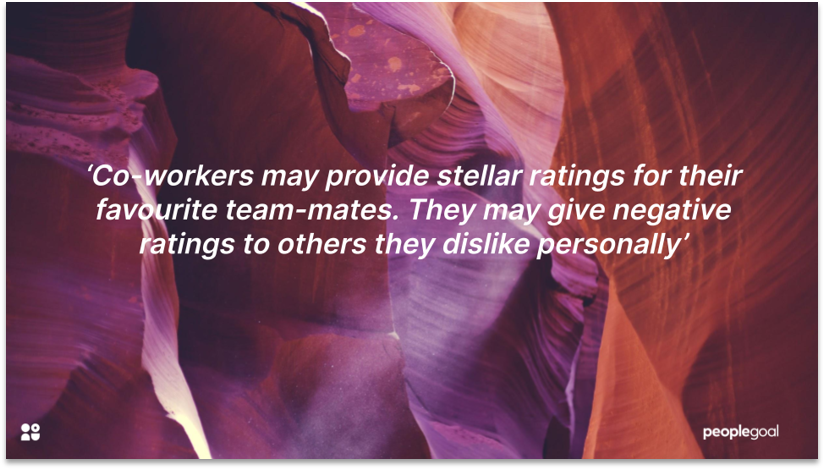
Focuses on weaknesses rather than strengths
Some leaders are unrealistic about what feedback can achieve. By focusing on strengths that employees already exhibit, you build on existing talents and skills. This motivates the employee, as they are encouraged to make more of something they already feel confident in.
As Eric Jackson puts it: ‘Your strengths are what got you to where you are in your career. Work on your weaknesses but never stop relying on your strengths.’. 360 Reviews are often skewed towards weaknesses – we tend to look most at areas where employees are scoring low.
However, often these weaknesses are less relevant to the employee’s job description than other skills. Further, emphasizing the negative is more likely to leave your employees feeling undervalued.
The reality is that your strengths are what got you to where you are in your career. Work on your weaknesses but never stop relying on your strengths. – Eric Jackson
Process not relevant company wide
If questions are based on generic performance review topics, 360 reviews are unlikely to be impactful. Employees may be assessed on ‘customer service’ – when they interface very little with customers day to day. Clearly, this will leave employees feeling blindsided.
Furthermore, 360 feedback reviews often forget to look at the skills gaps or goals of an organization. Human resources leaders must tailor the 360 performance review to the company’s priorities. Look at both the competencies required on job descriptions, as well as company-wide OKRs, to see what skills need to be prioritized.
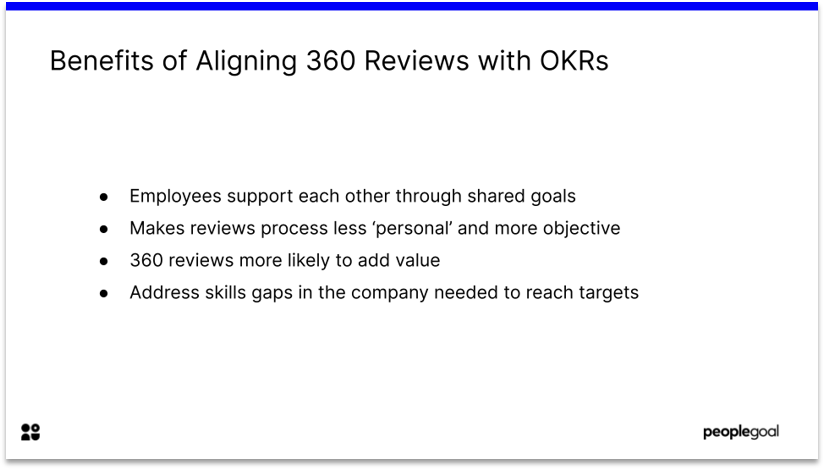
Anonymity means employees can’t ask for further information
The problem with anonymous reviews is that employees can’t seek out further information from reviewers. Perhaps the most valuable part of the performance appraisal process is the conversations that follow it – the one-on-ones with managers that help employees to set goals and boost their performance.
When peer reviews are anonymous however, employees can’t ask questions about why a certain rating was given. Reviews without context are less constructive and lack clarity.
This may lead to a gap in understanding of the appraisal – for example, if an employee thinks that a ‘Room for Improvement’ rating on ‘Communication’ means they need to communicate more, when the colleague wanted them to schedule fewer meetings.
Anonymity means peer reviews are less likely to fray working relationships. However, it also means we compromise on transparency in reviews – making them less useful in our development.
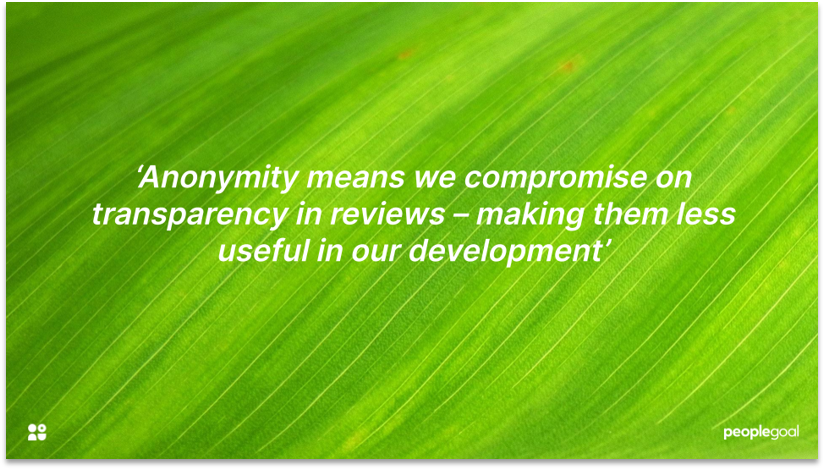
Should you use 360 Performance Reviews?
360s are most effective when they are used as a development tool, not a rating tool – Alicia Arenas
Overall, 360 reviews come with myriad benefits for performance management. They provide the full picture on performance – and a more holistic set of pointers on how to improve.
While multi-rater feedback comes with downsides, when it is relevant to company objectives and key competencies, it can be invaluable for an organization.
Leadership coach Alicia Arenas says that “360s are most effective when they are used as a development tool, not a rating tool.” 360 feedback involves teams in their co-worker’s development. It has the potential to create a supportive culture in which teams are honest about their peers’ strengths and weaknesses.
However, results are often unreliable and lack transparency. It should not be used to assess employees’ readiness for promotion. By focusing on employee recognition and teambuilding, 360 performance reviews can become an asset to your team.
Did you know that PeopleGoal’s 360 Feedback app allows you to gather responses from all levels of your organization? To find out more, book a demo today.
Ready to 3x Your Teams' Performance?
Use the best performance management software to align goals, track progress, and boost employee engagement.



